01:00
The Good, The Bad, and The Ugly Ways of Representing Data
Talk at Harvey Mudd College
mdogucu.github.io/harvey-mudd-25
University of California Irvine
2025-03-29
Questions for the day
Q1. What is data representation?
Q2. How does one make good data visualizations? (and how does one avoid making bad or ugly data visualizations)
Q1. What is data representation?
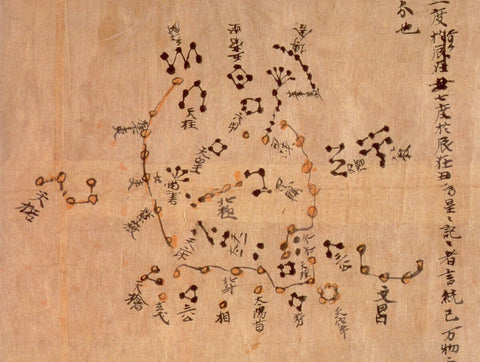
North Circumpolar Region from the Dunhuang Star Chart circa 649-684 CE.
Recommended reading
Funkhouser, H. G. (1937). Historical Development of the Graphical Representation of Statistical Data. Osiris, 3, 269–404. Chapter 2 is on The Origin of the Graphic Method.
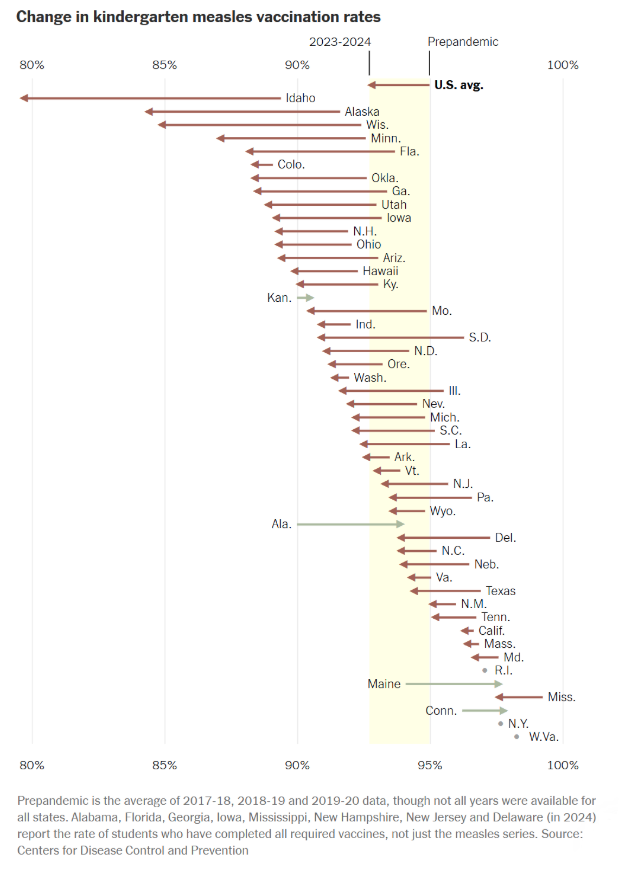

Assessed value of household and kitchen furniture owned by Black people in Georgia.
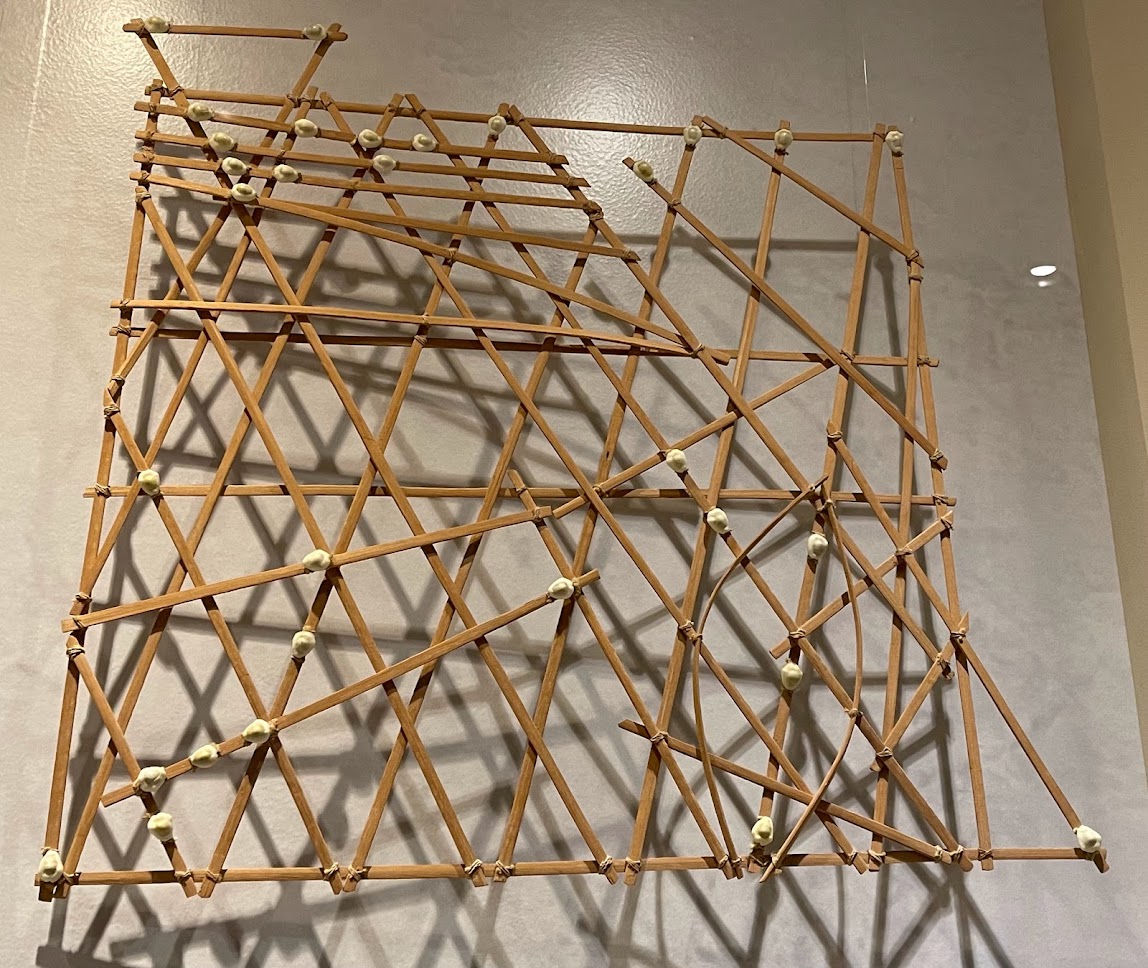
20th century navigational chart from Kwajalein Attoll, Marshall Islands, Micronesia on display at Bower Museum in Santa Ana. Photo by Mine Dogucu.
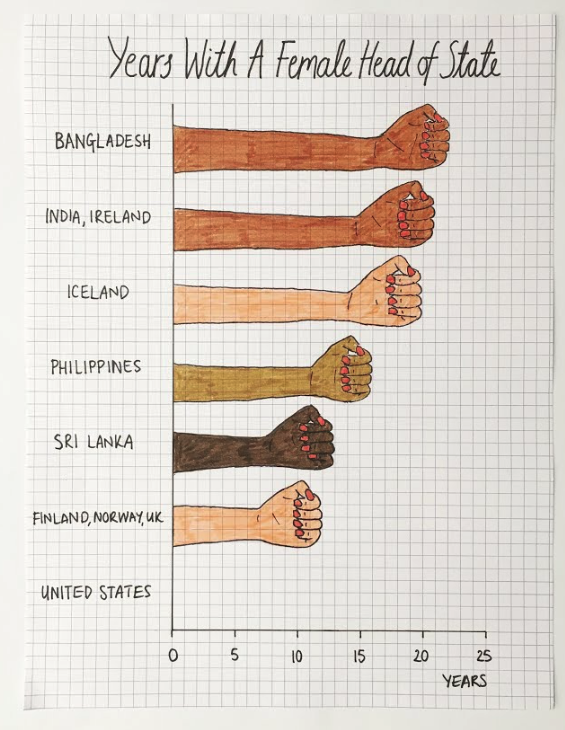
Visualization by Mona Chalabi.
Wanda Díaz-Merced is a Puerto Rican astronomer known for using sonification while studying stars. She is the director of the Arecibo Observatory.
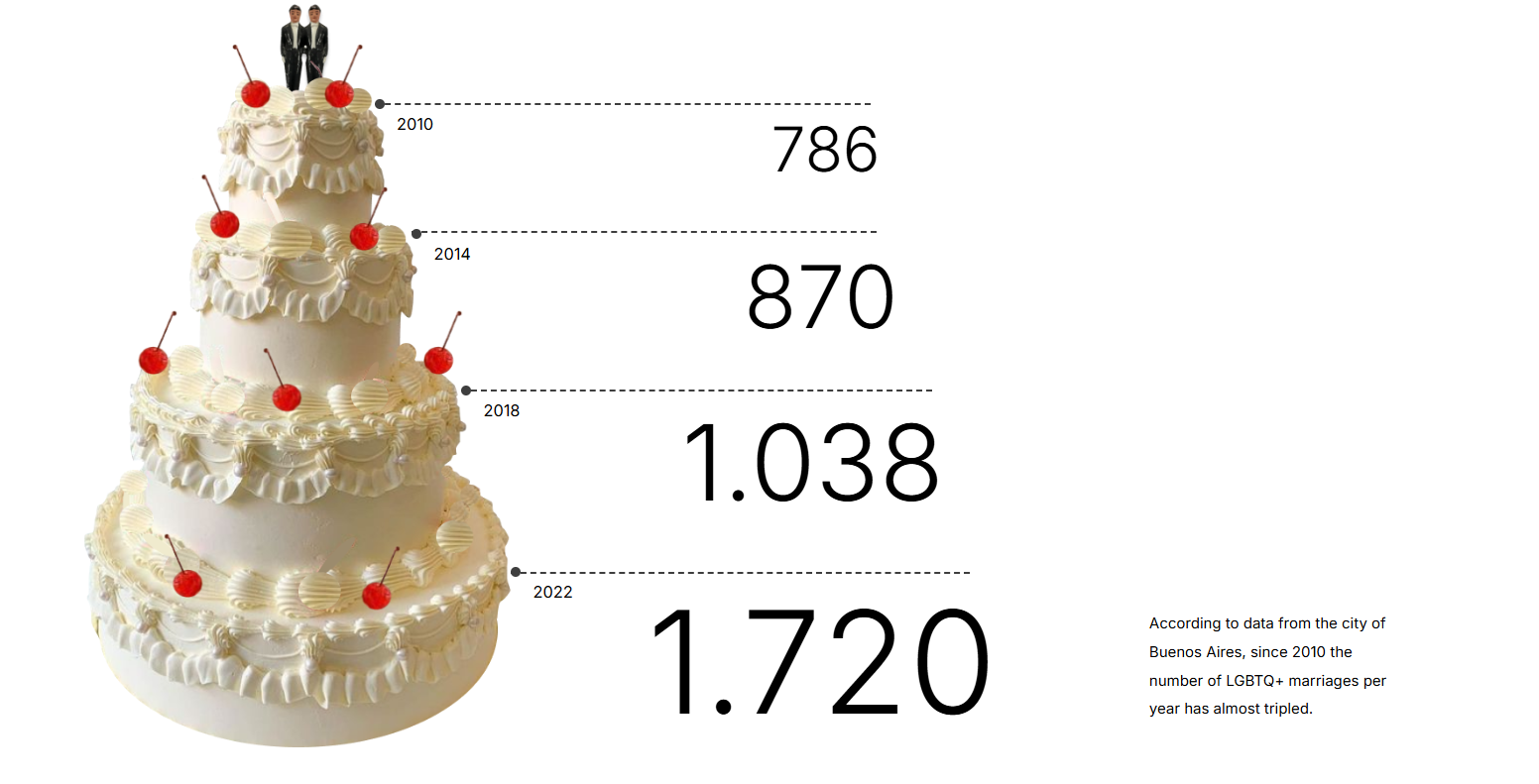
Same-sex marriages in Buenos Aires City by Macarena Zappe
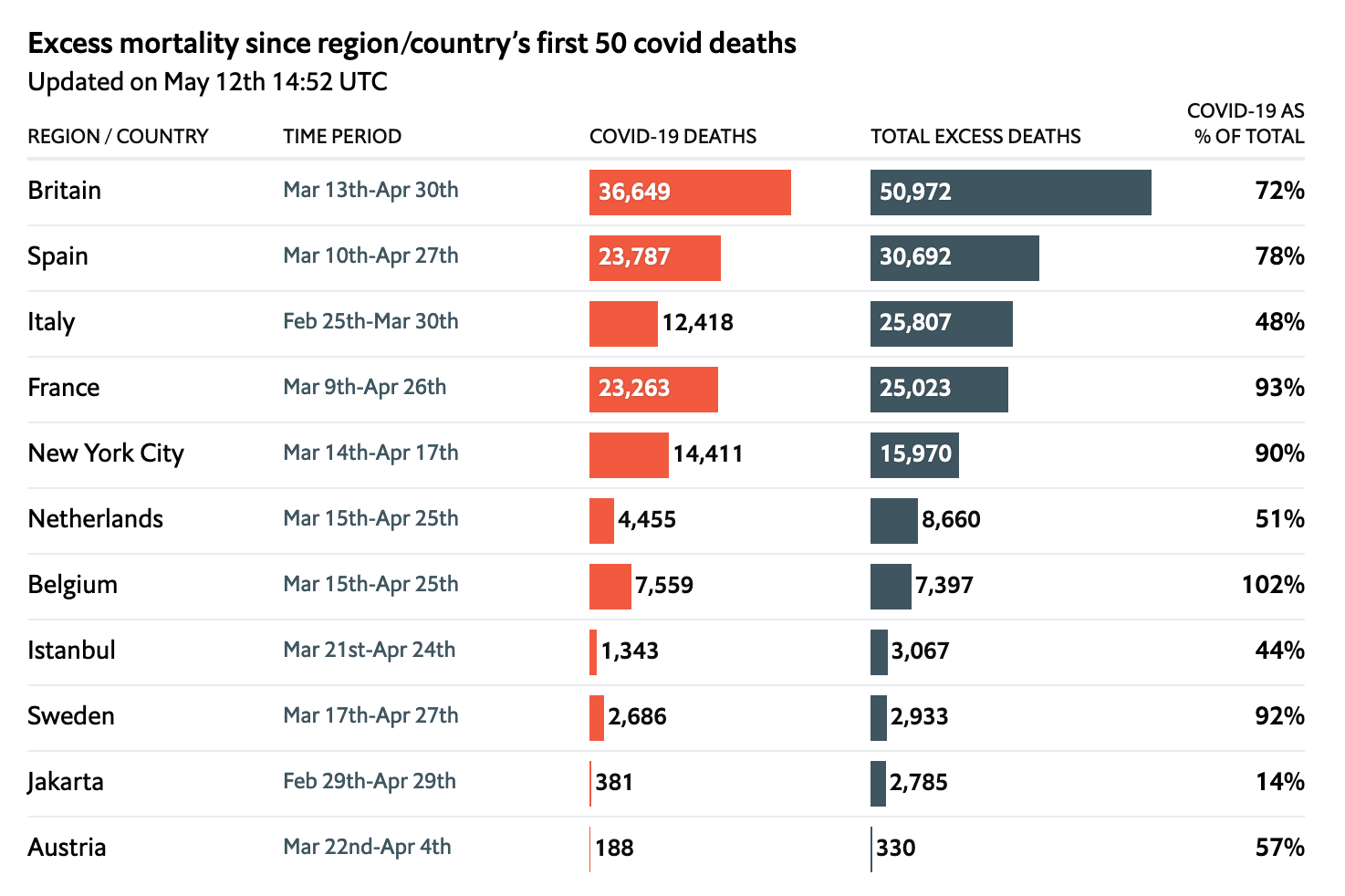
COVID related deaths table by the Economist

Howardena Pindell’s Four Litte Girls
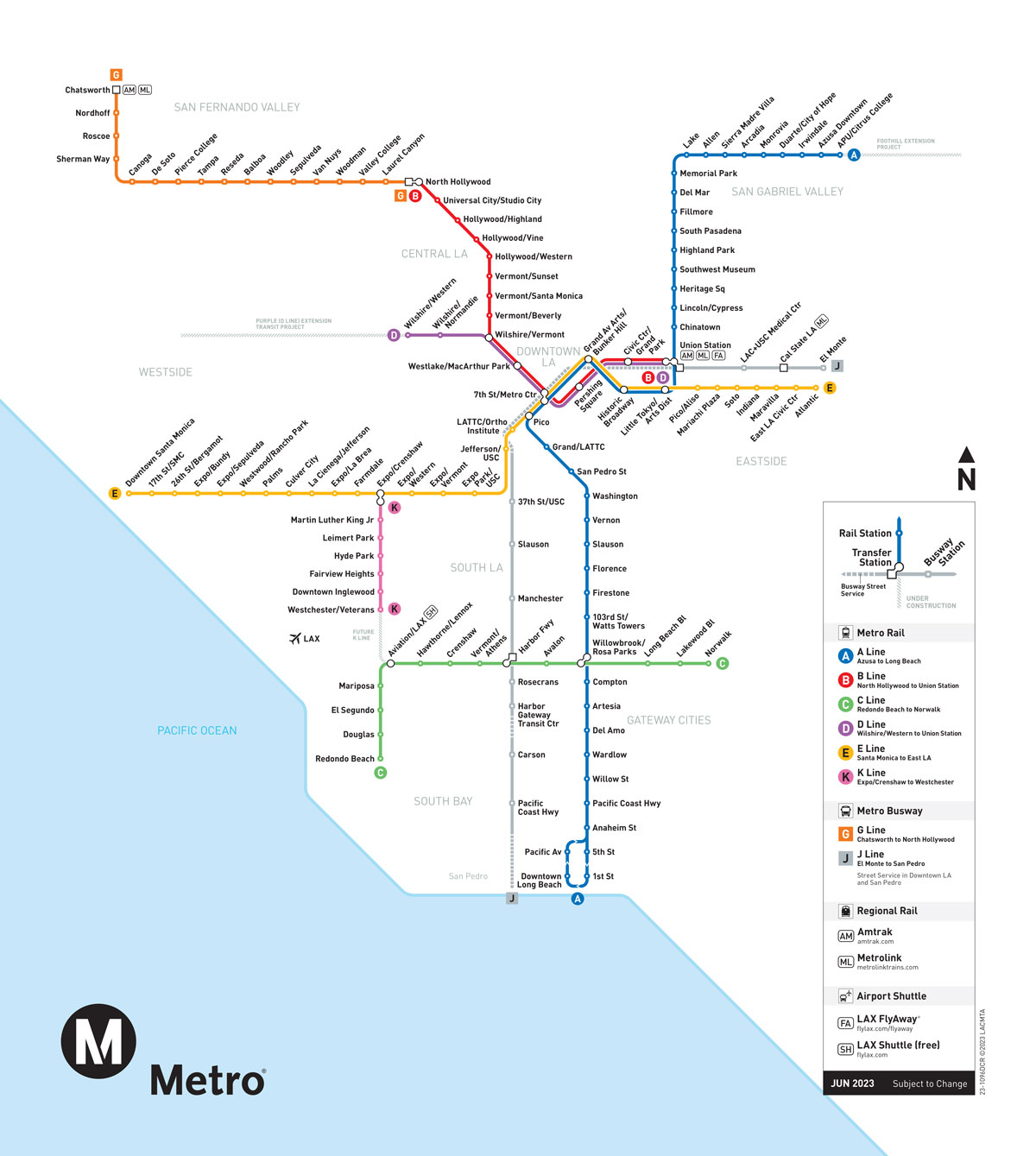
LA Metro Rail map
Q1. What is data representation?
Data representation refers to the way we structure data in a way to make it easier for us to understand the trends, patterns, relationships that are found in the raw data.
Data visualization is one way of representing data. We have also seen data sonification and data in tactile format (e.g., the sticks).
Tables, maps, charts, plots, infographics are some ways of visualizing data.
The coordinate system, length, width, area, volume, color, and, shape are ways we map data as visual elements.
Different tools (e.g., pen, paper, digital platforms, software, physical objects) can be used to represent data.
Data representations do not necessarily have to be made by a data scientist but you need to understand data science, domain discipline, and art.
Data representations can be used for exploratory reasons and explanatory reasons.
Q2. How does one make good data visualizations?
Avoid deception
Truncated Axis

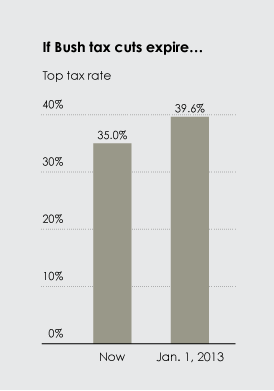
Tip
Whenever possible start the axis at zero.
Aspect ratio
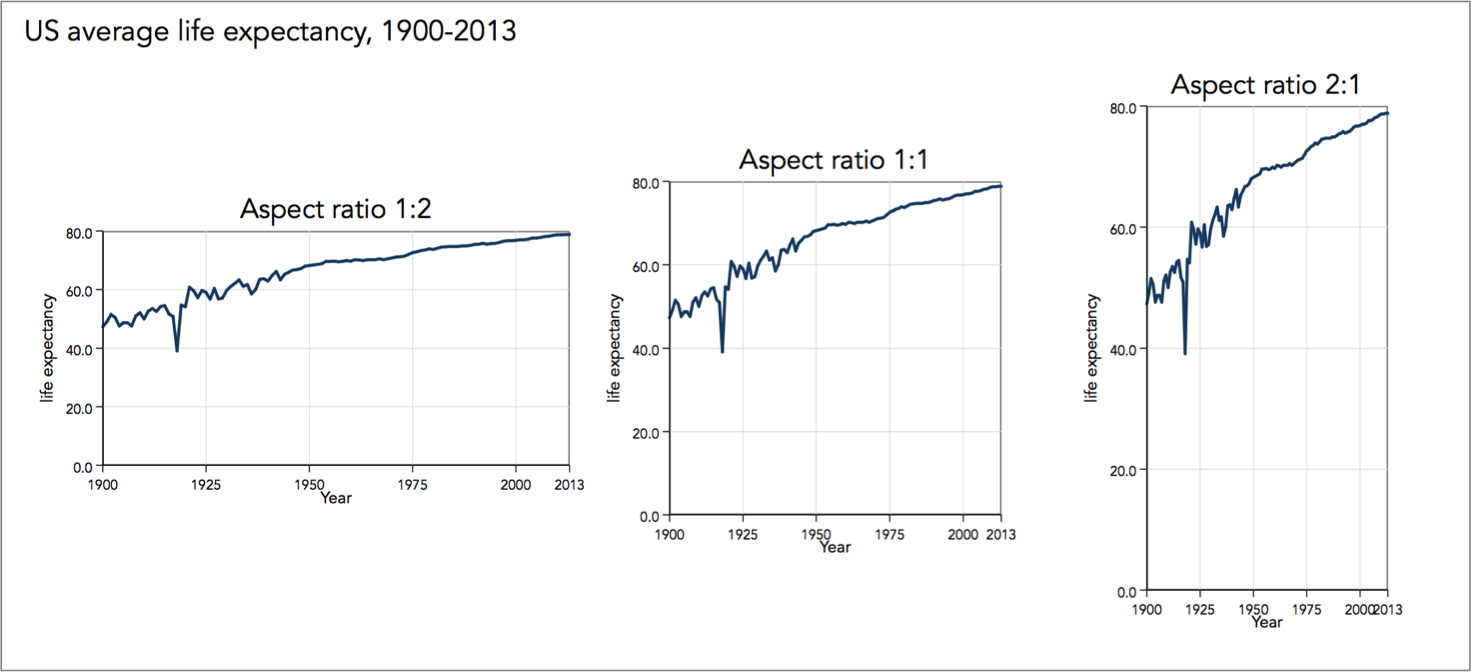
Choose colors with a purpose
Color for grouping
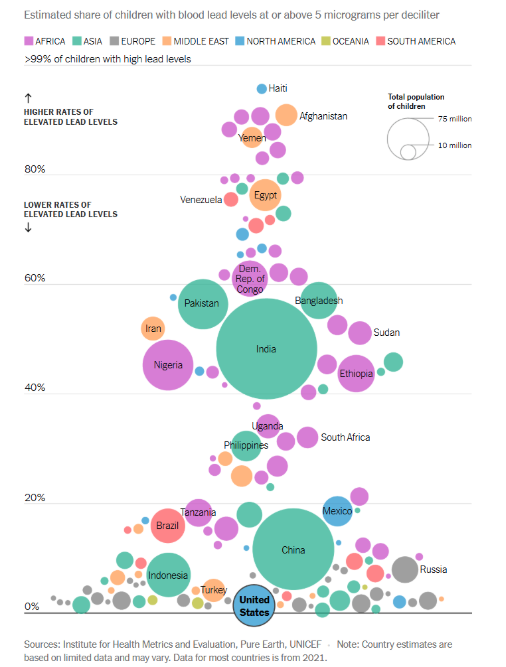
Color for representing numeric values
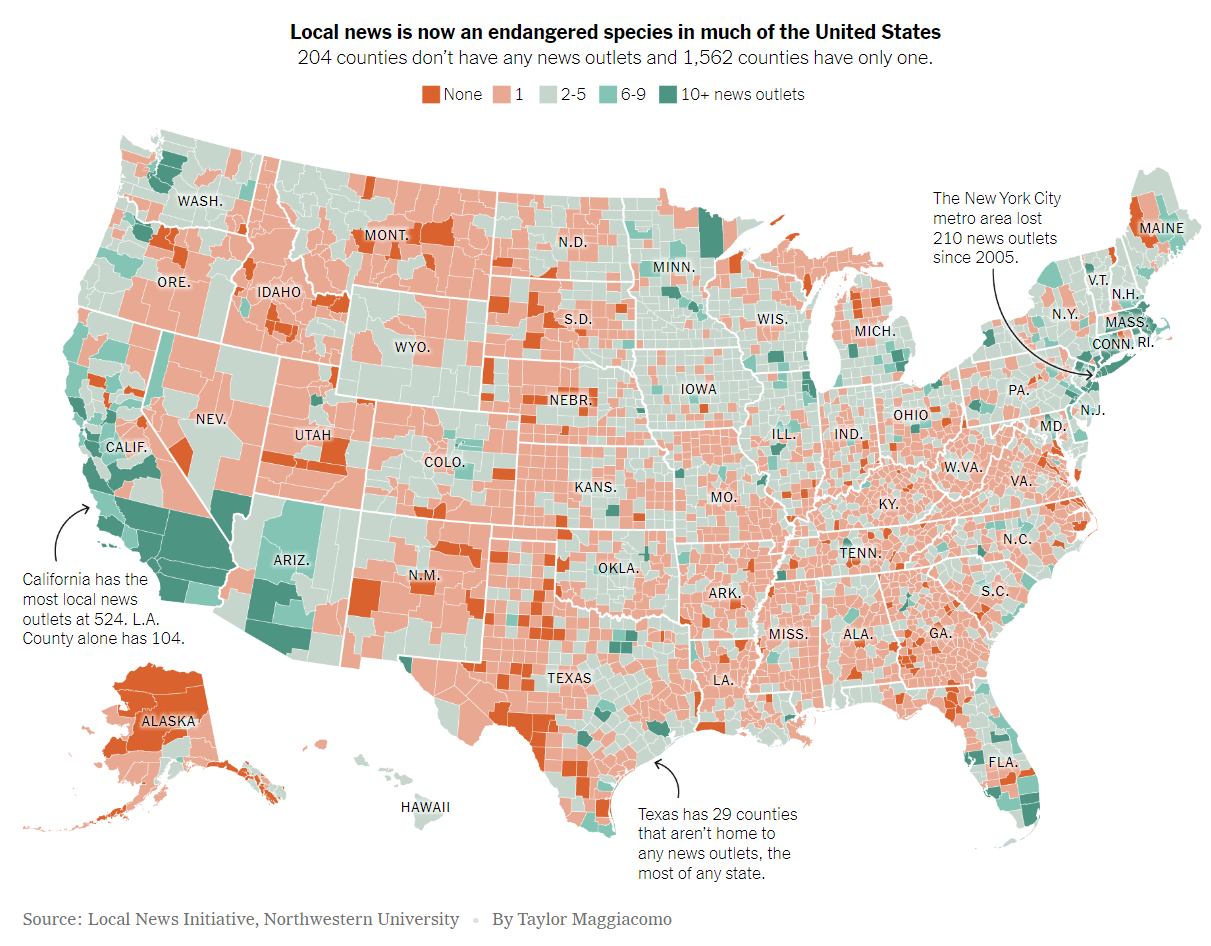
Color for emphasis
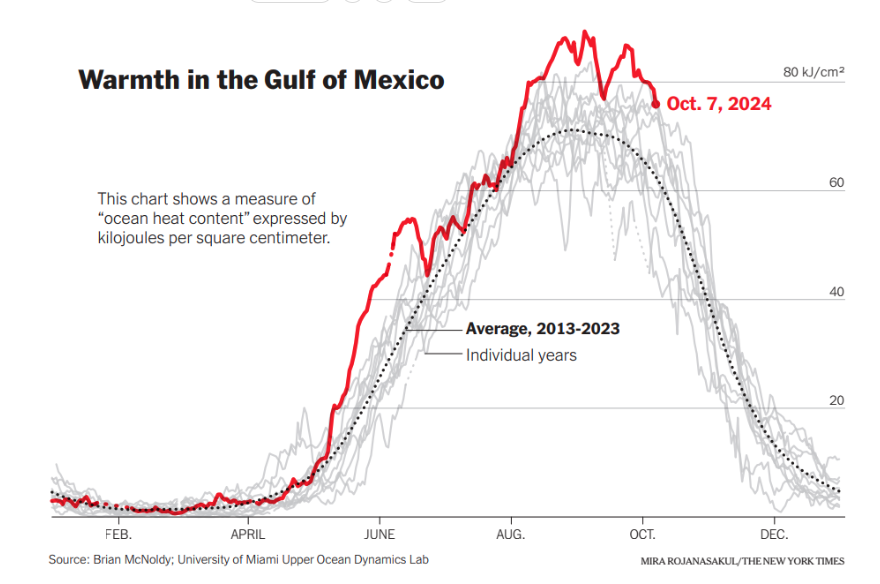
Color Theory
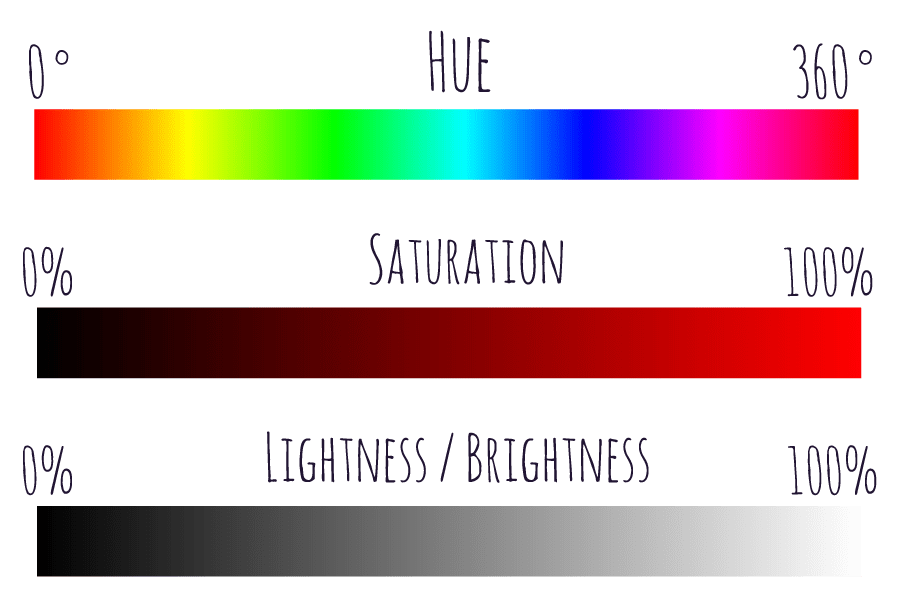
How to Pick a Color Palette
Fonts matter
Fonts matter for clarity

Fonts matter for the message
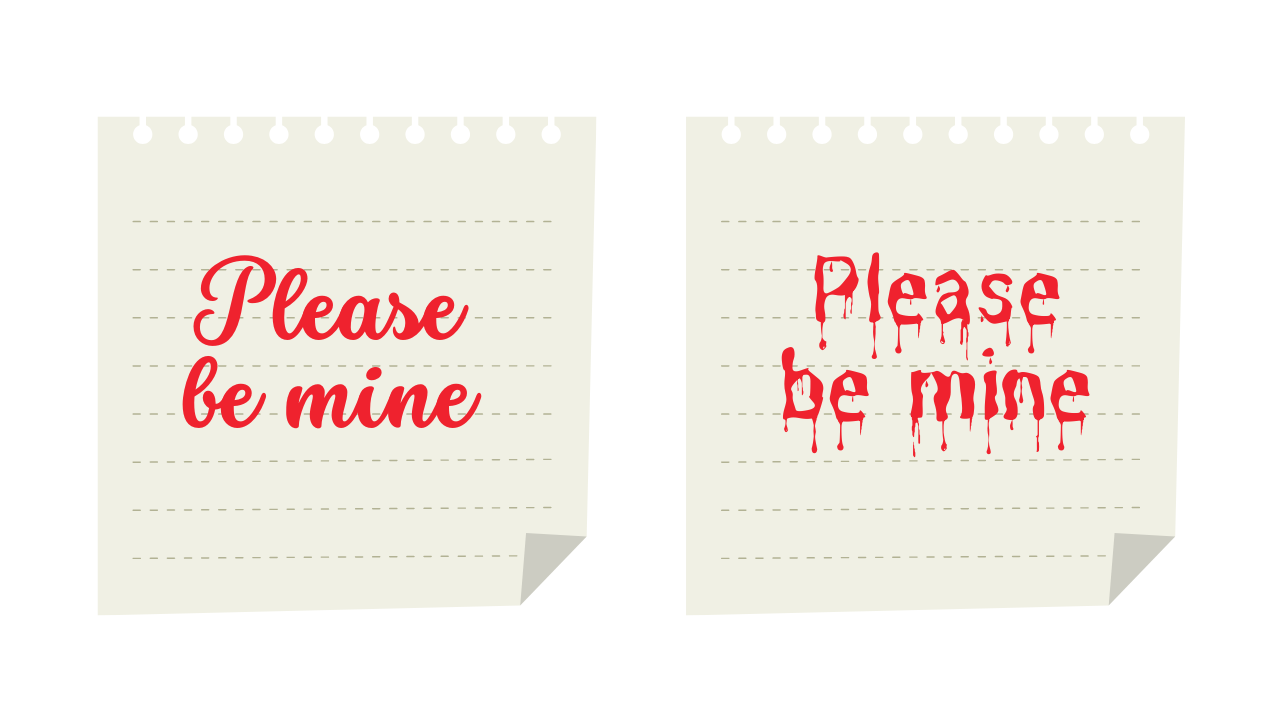
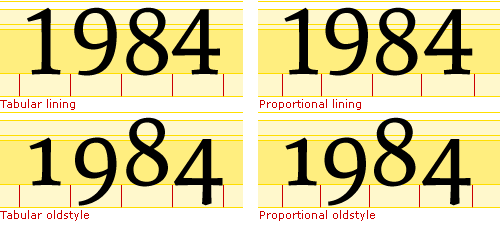
Tip
Use lining and tabular fonts for numbers.
An example
Many design decisions go into making a data visualization. The following example is from one of my favorite data visualization experts Cara Thompson shared with CC-BY license.
Data context
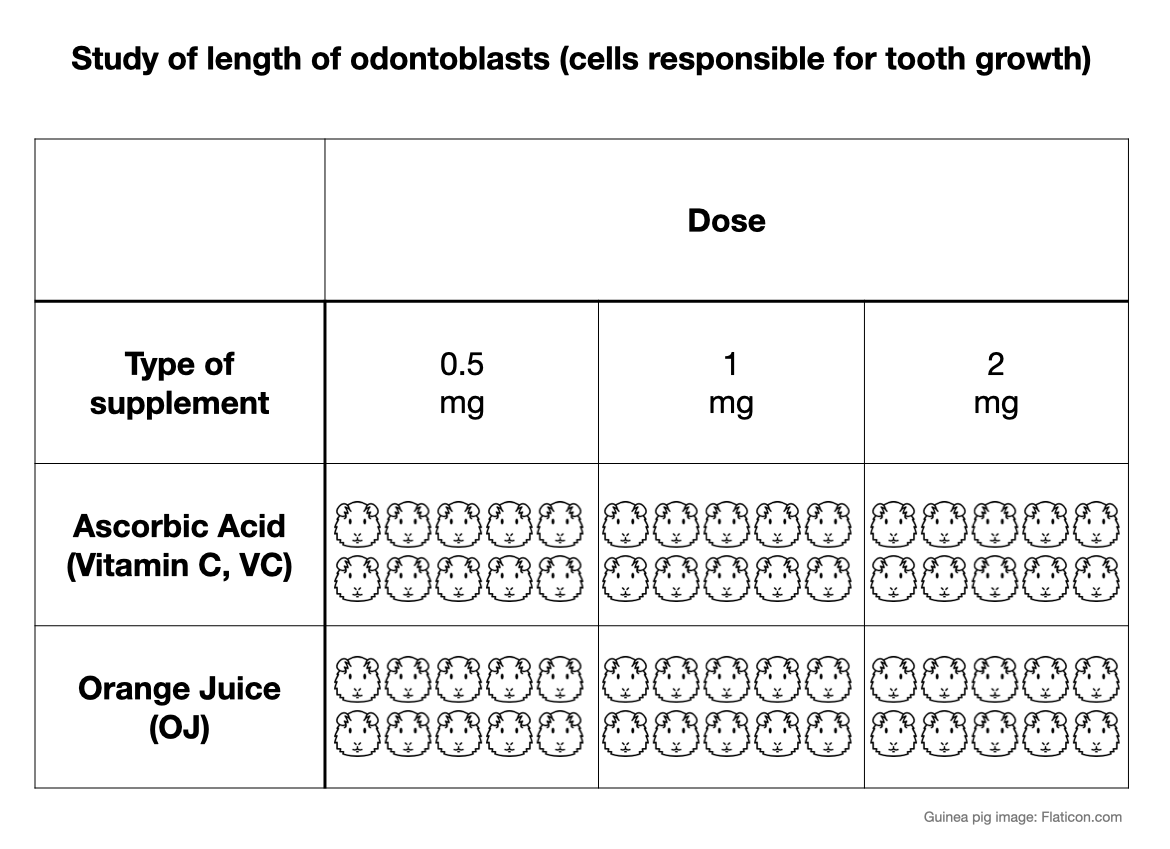



















Tip
Do not rely on software defaults for font size, font type, colors, labels, text alignment, legend, etc. without intention.
Write alternate text
Screen reader example
The video shows use of a screen reader briefly.
Alternate Text
- “Alt text” describes contents of an image.
- Screen-readers cannot read images but can read alt text.
- Alt text has to be provided.
Manual Alternate Text
Chart type
Type of data
Reason for including the chart
Link to data or source (not in alt text but in main text)
Description conveys meaning in the data
Variables included on the axes
Scale described within the description
Type of plot is described
Consider ethical implications
Ethics of data visualization
In the Bayes Rules! book, authors raise the following questions for model fairness. We can extend these to data visualizations.
How was the data collected? By whom and for what purpose? How might the results of the analysis, or the data collection itself, impact individuals and society? What biases or power structures might be baked into this analysis?

Since you are not a cat, for Datathon think outside the box PLEASE
QUESTIONS?
Slides at mdogucu.github.io/harvey-mudd-25.
Source code for slides at github.com/mdogucu/harvey-mudd-25.
minedogucu.com
mdogucu
mastodon.social/@MineDogucu
bsky.app/profile/minedogucu.com
minedogucu